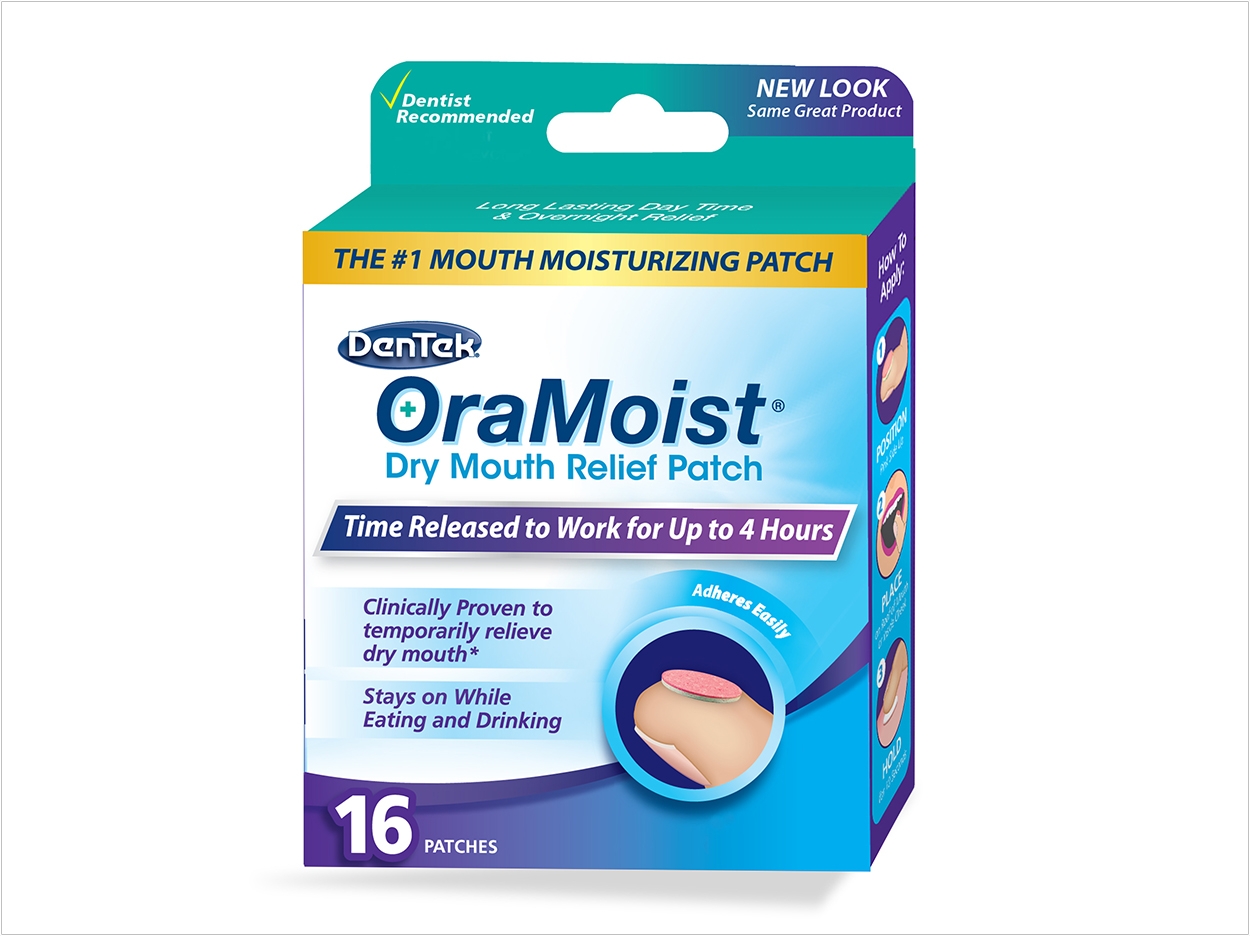
Researchers at the University of Florida recently tested 11 oral moisturizers for harmful acidity levels that cause tooth erosion. Nine of the products, which included commercially distributed dry mouth lozenges and adhering discs, were found to be acidic, with a pH less than 7, and cause tooth erosion.
Each product was crushed into 5 g of powder and dissolved in 10 mL of water. Their acidity was measured with a calibrated pH meter. Their titratable acidity was measured by adding sodium hydroxide until the solution reached neutrality. To measure the erosion of tooth erosion, the researchers placed human teeth in the solution and measured how much mass they lost.
The study found a robust statistical correlation between high acidity and tooth loss. OraCoat’s XyliMelts and Nuvora’s Saleses were the only lozenge-type dry mouth remedies that were non-acidic, with a pH of 8.0 each, which is considered non-harmful to teeth. Previous studies suggest that pH below 6.7 can be erosive to dentin. The acidic dry mouth lozenges and adhering discs were:
- DenTek OraMoist (2.9 pH)
- Cotton Mouth Lozenges (3.1 pH)
- MedActive Oral Relief Lozenges (3.2 pH)
- Hager Pharma Dry Mouth Drops (4.4 pH)
- Rite Aid Dry Mouth Discs (5.1 pH)
- CVS Dry Mouth Discs (5.3 pH)
- ACT Dry Mouth Lozenges (5.7 pH)
- TheraBreath Dry Mouth Lozenges (5.82 pH)
- Smart Mouth Dry Mouth Mints (6.02 pH)
The oral moisturizers that caused the most tooth erosion were:
- Cotton Mouth Lozenges (3.1% loss)
- DenTek OraMoist (2.3% loss)
- MedActive Oral Relief Lozenges (1.1% loss)
- Rite Aid Dry Mouth Discs (1.1% loss)
- CVS Dry Mouth Discs (1.0% loss)
- TheraBreath Dry Mouth Lozenges (1.0% loss)
The study, “Potential Erosive Assessment of Dry Mouth Lozenges and Tablets on Dentin,” was published online.
Related Articles
Eating and Drinking Habits Impact Tooth Erosion
How to Improve Caries Control in Patients With Dry Mouth
Toothpastes Fail to Prevent Erosion and Hypersensitivity Despite Claims












